Cranberry Insect Pests: How To Treat Pests On Cranberries
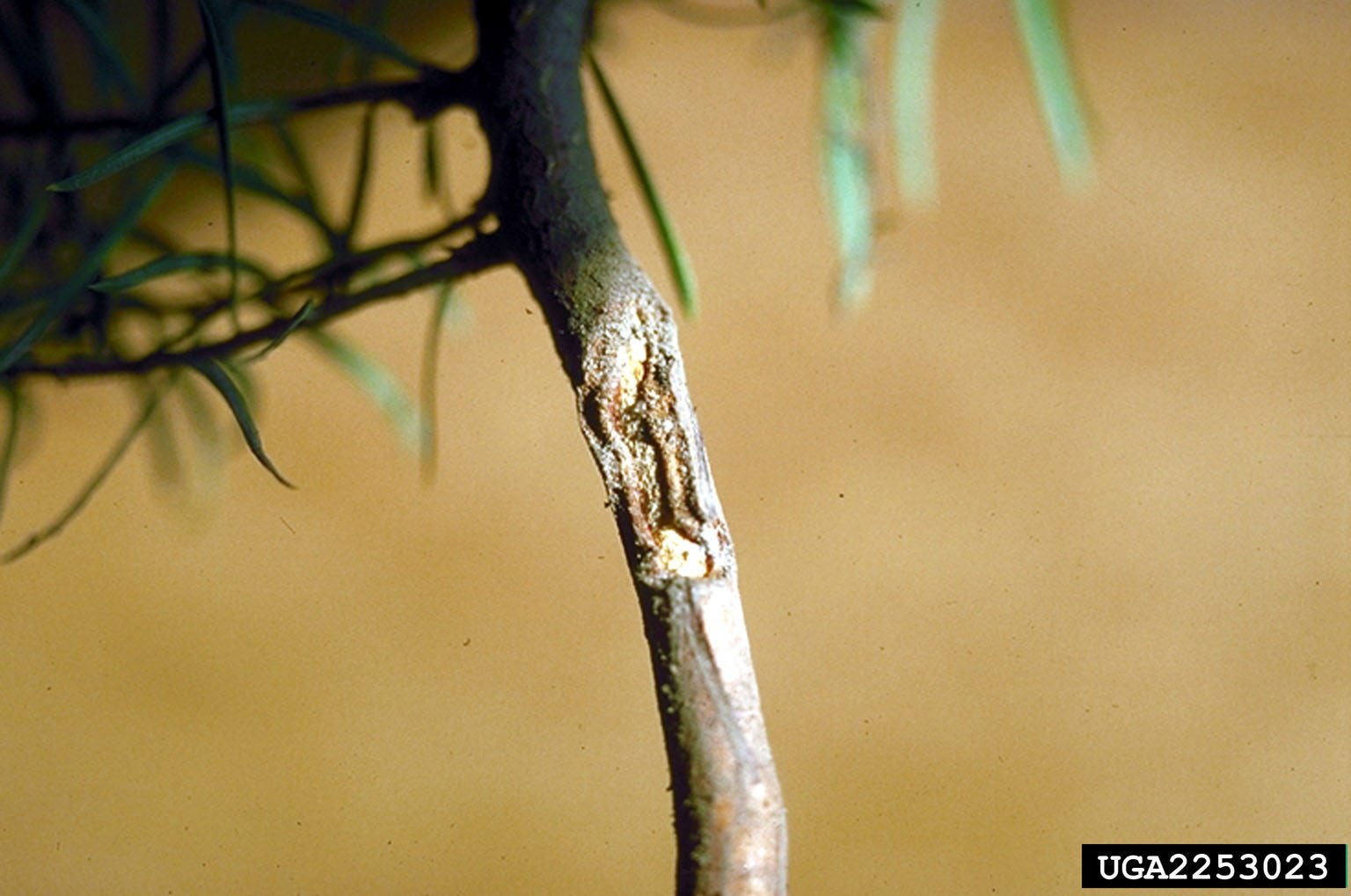

Cranberries are wonderful fruits that not many people think they can grow at home. For a lot of us, cranberries come as a gelatinous can shape at Thanksgiving. For more of us, they’re a strange aquatic thing grown in faraway bogs by men in waders. Both of these are somewhat true, but they can also be grown in your own garden, even without the bog. If you’re one of the lucky few with your very own cranberry vines, you might be devastated by the sudden invasion of insects. Keep reading to learn more about cranberry pest management and how to treat bugs that eat cranberries.
Cranberry Pest Management
First of all, it’s important to clear up which kind of cranberries we’re talking about. This article is about cranberry vines (Vaccinium macrocarpon), which are often confused with cranberry bush (Viburnum trilobum). With that in mind, here are some of the most common bugs that eat cranberries and their methods of control: Cranberry Tipworm – Maggots feed on leaves, creating a cupping effect. Apply insecticide during the growing season’s first hatch period, usually in mid to late spring. Cranberry Fruitworm – Larvae eat fruit from inside out, leaving an entrance hole covered with webbing. Spray with insecticide or hand pick and dispose of fruitworms. False Armyworm – Larvae eat new growth, blossoms, and fruit. Late season flooding is good for control. Black-headed Fireworm – These pests link leaves and vine tips together with webbing and cause browning in uprights. Spring flooding and insecticide can be used for control. Cranberry Weevil – Larvae hollow out flower buds before opening. Some chemical control is effective, but weevils are continually building up resistance to it. Cranberry Flea Beetle – Also called the red-headed flea beetle, adults skeletonize leaves during high summer. Like many flea beetles, they can be managed with certain insecticides. Spanworm – Green, brown, and big cranberry spanworms are all active pests of cranberries. The larvae feed on leaves, blossoms, hooks, and pods. Most insecticides are effective. Cranberry Girdler – Larvae feed on roots, runners, and stems, turning foliage brown in late summer. Best treated with insecticides in late summer to early autumn. While rarely a problem, aphids will occasionally feast on cranberry plants and their honeydew can attract ants as well. By eliminating the aphids, you’ll take care of any ant problems.
Gardening tips, videos, info and more delivered right to your inbox!
Sign up for the Gardening Know How newsletter today and receive a free copy of our e-book "How to Grow Delicious Tomatoes".

The only child of a horticulturist and an English teacher, Liz Baessler was destined to become a gardening editor. She has been with Gardening Know how since 2015, and a Senior Editor since 2020. She holds a BA in English from Brandeis University and an MA in English from the University of Geneva, Switzerland. After years of gardening in containers and community garden plots, she finally has a backyard of her own, which she is systematically filling with vegetables and flowers.
-
 Get Ready For A Summer Of Hummers! Grow These Full Sun Hummingbird Plants and Flowers
Get Ready For A Summer Of Hummers! Grow These Full Sun Hummingbird Plants and FlowersIf you’re lucky enough to enjoy a sunny backyard, make sure you are maxing out on your pollinator opportunities and grow these full sun hummingbird plants and flowers
By Tonya Barnett
-
 12 Lush Alternatives To A Lawn For Sustainable Spaces
12 Lush Alternatives To A Lawn For Sustainable SpacesAlternatives to a lawn are beautiful and also beneficial to your local ecosystem and its pollinators. Explore our top picks for plants to replace grass.
By Tonya Barnett
-
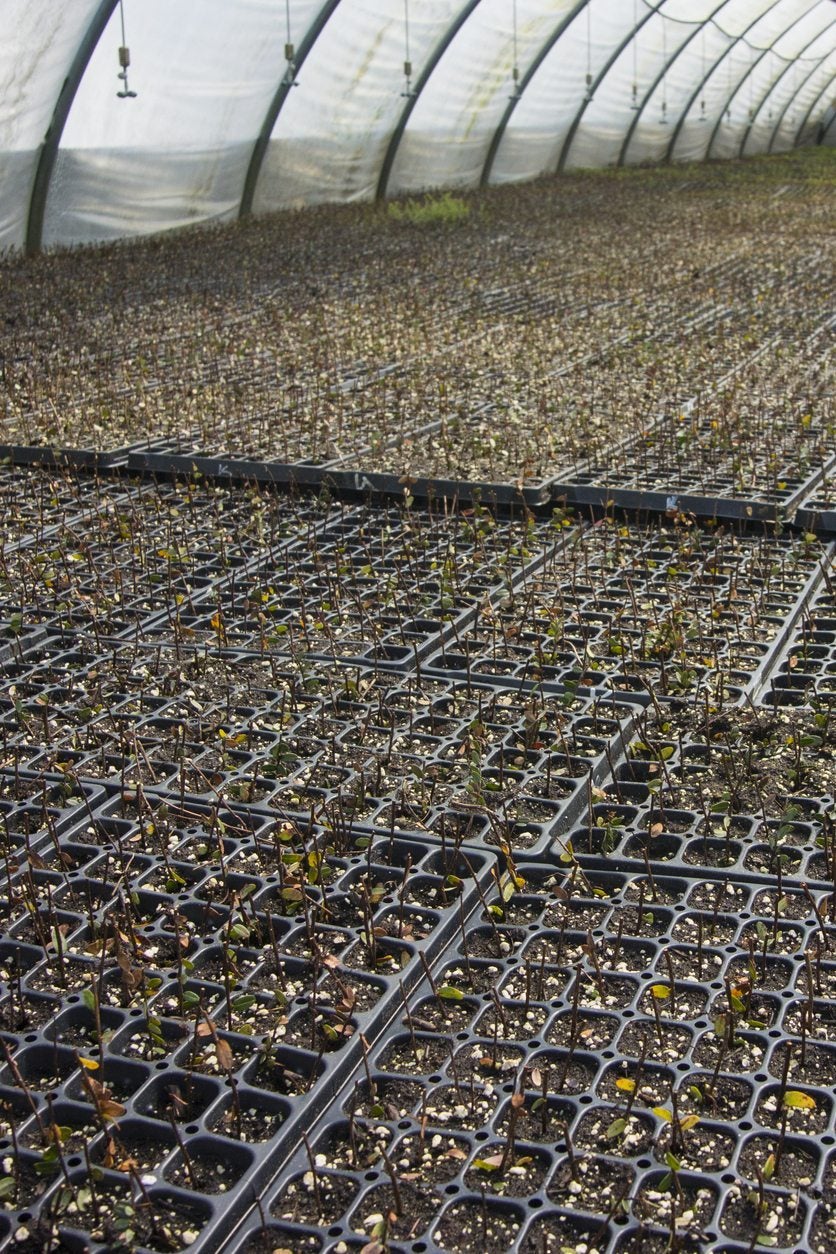 Growing Cranberries From Cuttings: Tips For Rooting Cranberry Cuttings
Growing Cranberries From Cuttings: Tips For Rooting Cranberry CuttingsRooting cranberry cuttings may require some patience, but for the dedicated gardener, that's half the fun. Interested in trying your own cranberry cutting propagation? Find out how to root cranberry cuttings in this article. Click here for more info.
By Amy Grant
-
Preventing Cranberry Diseases: How To Treat A Sick Cranberry Plant
Cranberries are a quintessentially American fruit that not many people even realize they can grow at home. If you?re one of the lucky few who have cranberries in their garden, odds are you?re very protective of them. Learn how to treat a sick cranberry plant in this article.
By Liz Baessler
-
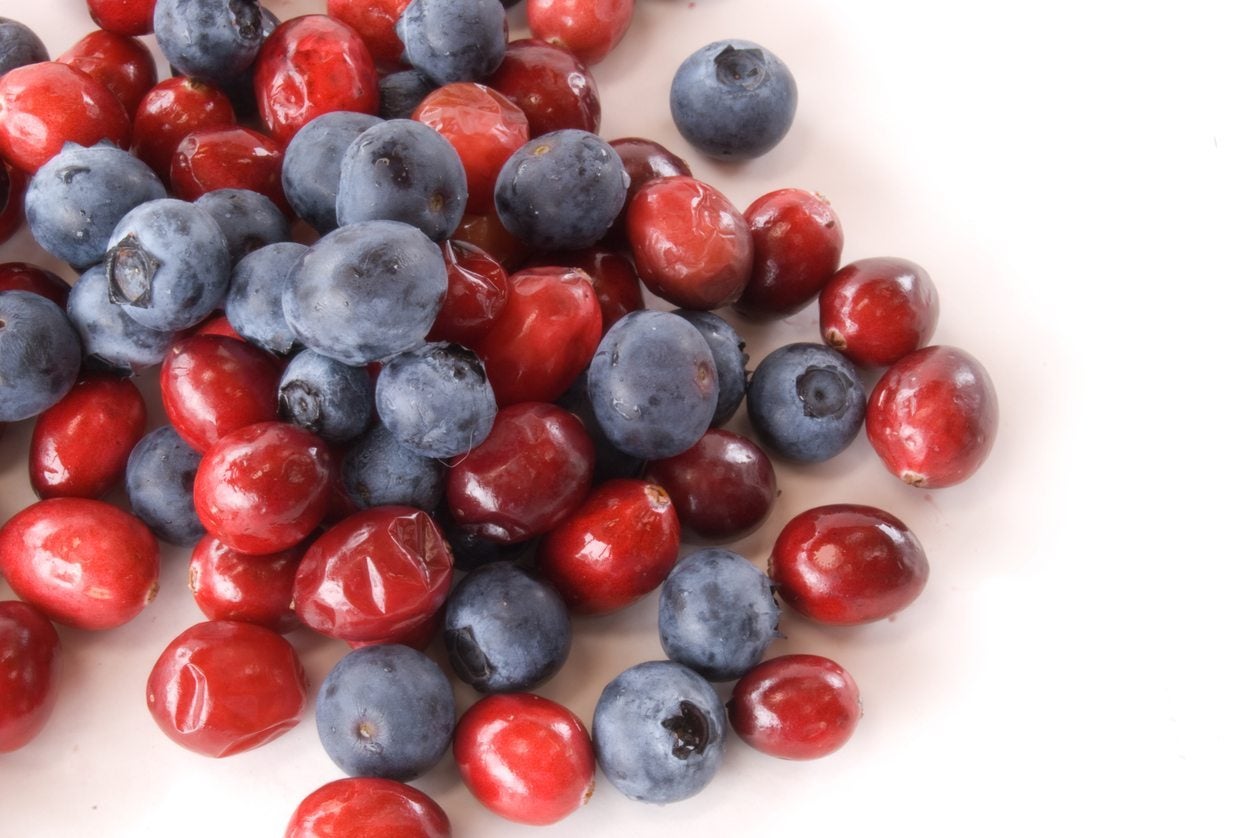 Cranberry Companion Plants: What To Grow Near Cranberries
Cranberry Companion Plants: What To Grow Near CranberriesWhenever you decide to plant anything, you should learn about the plants that are companions to it in order to maximize your plants? performance. This is exactly what I did with my cranberry plants. Click here to learn more about plants that grow well with cranberries.
By Shelley Pierce
-
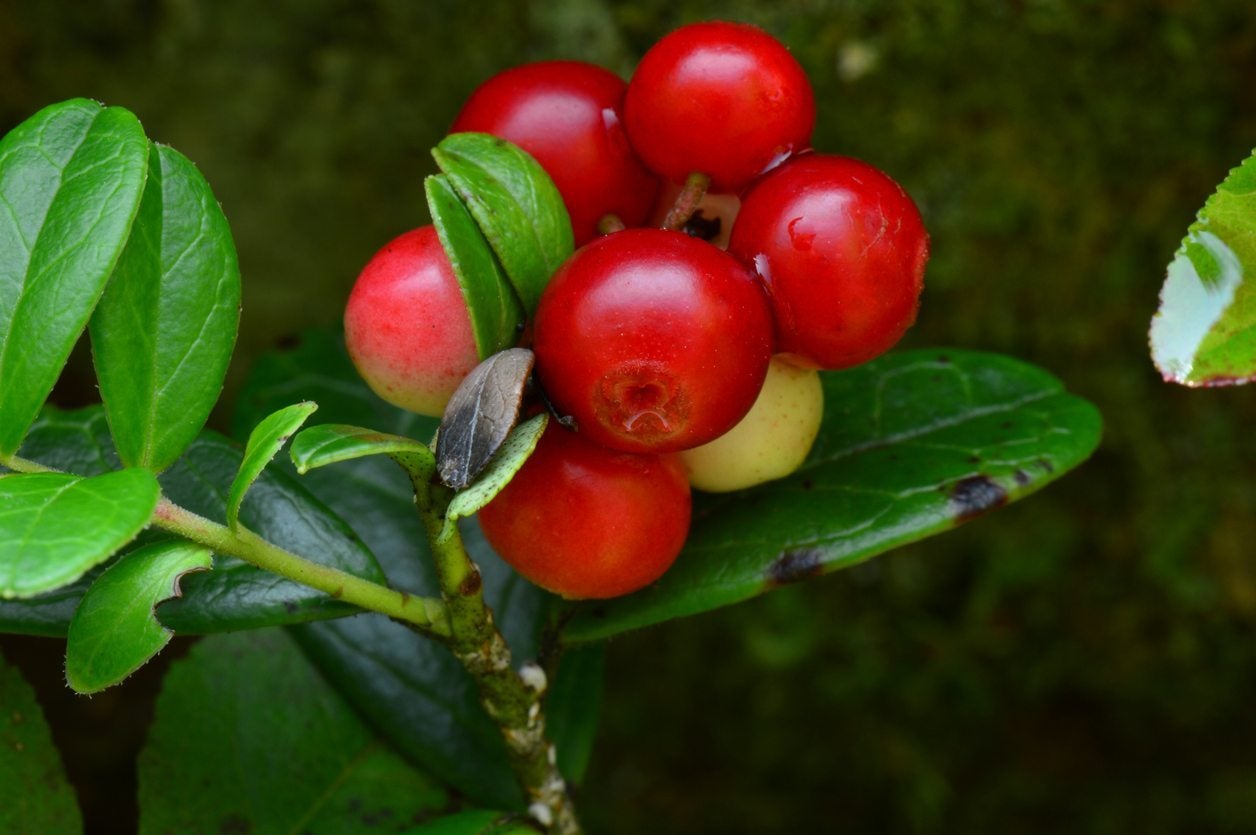 Problems With Cranberries: Common Fixing Cranberry Diseases And Pests
Problems With Cranberries: Common Fixing Cranberry Diseases And PestsIf you?re looking for an unusual addition to your garden this year, cranberries are where it?s at. But before you dive into the bog head first, make sure you read up on some of the most common problems that can affect this sweet tart of a crop. This article will help.
By Kristi Waterworth
-
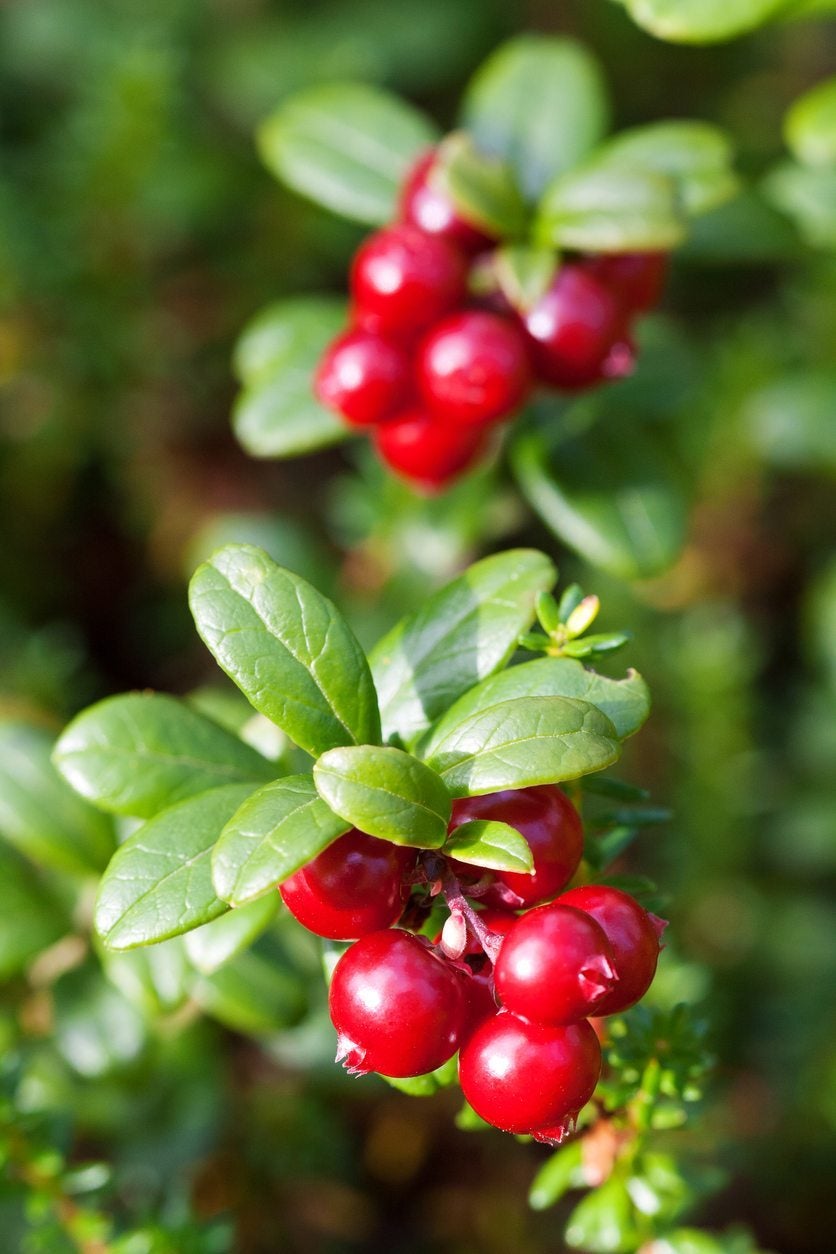 Potted Cranberry Plants – Tips On Growing Cranberries In Containers
Potted Cranberry Plants – Tips On Growing Cranberries In ContainersBerry producing plants like cranberries are now being added to multi-functional container designs. You may be thinking: hold on a minute, potted cranberry plants? Don't cranberries grow in large bogs? In this article, we will discuss growing cranberries in containers.
By Darcy Larum
-
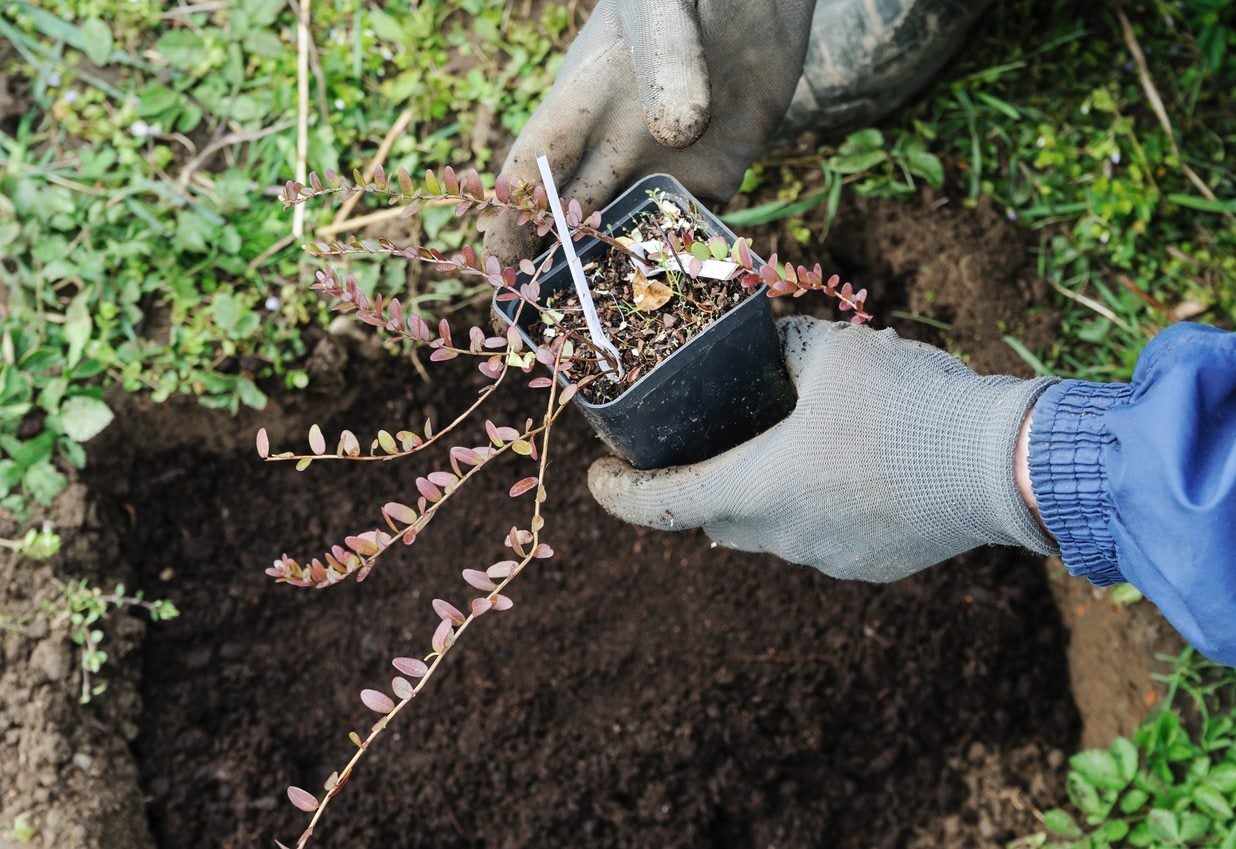 Cranberry Propagation Tips: How To Propagate Cranberries In The Garden
Cranberry Propagation Tips: How To Propagate Cranberries In The GardenHave you ever wondered how to propagate cranberries? If you, too, are interested in cranberry propagation, click on the following article to find out useful information on reproducing cranberries. Learn more here.
By Amy Grant
-
 Different Cranberry Varieties: A Guide To Common Types Of Cranberry Plants
Different Cranberry Varieties: A Guide To Common Types Of Cranberry PlantsCranberry season is looked forward to and celebrated from fall into winter. Yet, even cranberry devotees may not know much about this little berry, including different cranberry varieties because, there are several varieties of cranberry. Learn about them here.
By Amy Grant
-
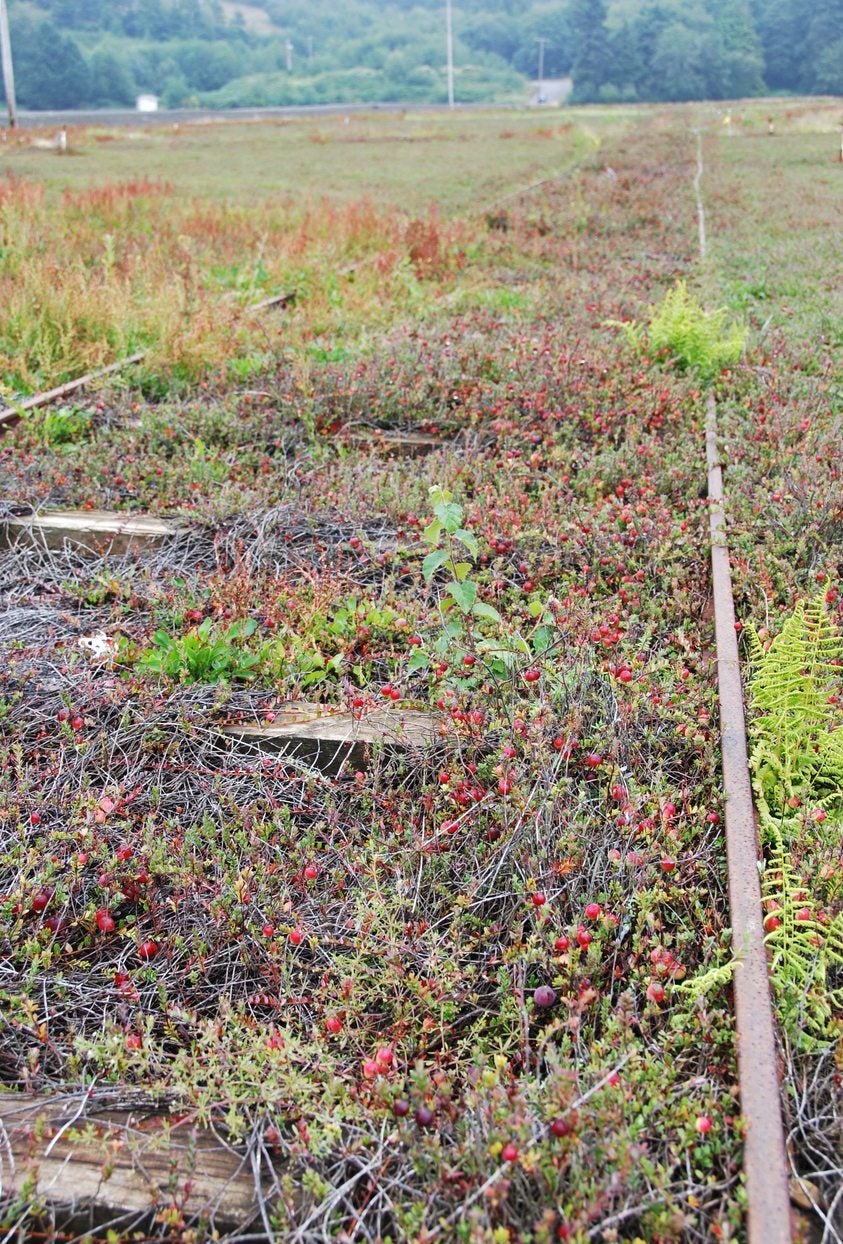 Cranberry Winter Protection: A Guide To Cranberry Winter Care
Cranberry Winter Protection: A Guide To Cranberry Winter CareWhat happens to cranberries in winter? Cranberries go semi-dormant in their bogs during the cold months of winter. In order to protect plants from the cold and possible heaving, growers typically flood the bogs. Learn more here on cranberry winter protection.
By Bonnie L. Grant